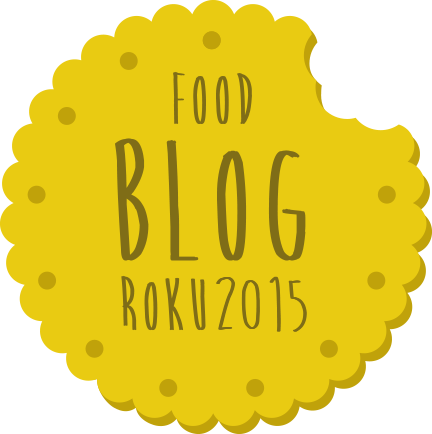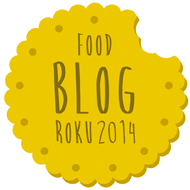100% wheat bread
17. April 2013

Although the Internet is full of recipes for sour bread and other pastries, some of you have invited me to join the popular wool.
And yes! Also, of course, I kiss and not a couple of weeks, I just thought it was not what to give. I try to make my kitchenette original, family and somewhat recipe recipes, so I did not want to overwhelm you with what others have described.
But on our last trip to Indonesia, we have longed for home-made bread. Then I regretted that I did not add rye flour and quince, because it is a scarcity of goods.))) I admit it is a little deviation, but also passion and fun. Also, recipes for wheat flour were scarce in internet shelves.
So I went to the production of 100% wheat wheat and subsequent baking of wheat bread based on my favorite techniques and experience with rye bread and bread without kneading. It was the first time! I also hope you will appreciate the unconventional design based on traditional local stuff.)


Postup
The principle of bread without kneading is replacing the long kneading in an effort to release enough gluten for the fluffy loaf of bread by the long emergence of a very thin dough that does not need to be poisoned at all. That is, just mix all ingredients, cover with foil and allow to rise 12-14 hours at room temperature until the dough doubles its volume.
Move the battered dough over to a heavily curled blade, spread it wide to form a large plate and bend the edges to the center first horizontally on both sides and then vertically. It is okay that the dough is very sticky, you need enough flour to help you handle it. At this stage, after folding, it should hold the approximate shape of the loaf. If it seems too sparse, you can still repeat dough expansion and folding.
We will leave this tomato ready again in a bag or bowl of approximate shape. Although I have a bag, I often use a bowl with a dishcloth, because there is a lower risk of softening the roof. This is the damage, the tearing of the denting dough when moving to the sheet caused by sticking to the bag. Of course, you need to flush well with flour, and the same applies to a bowl with a towel. Once the dough is in a saucepan, cover it with a clean cloth and let it moisten again. It should be enough for 2.5-4 hours, depending on the temperament, the temperature of the environment, ...
When the dough is already approaching an imaginary doubling, preheat the oven to full power of about 240 ° C. If you have a baking stone, you already know what to do with it, let it warm, the same goes for the sheet. I strongly advise you to try a method of baking in a pot (Roman pot or glass frying pan with lid - climax), my bread is perfect as a professional furnace, is irrigated, thanks to the climate, which creates diminished space, therefore beautifully gets the crust is acuratic.) In that case, place the pot in the oven and place the lid next to it; all methods call for intensive heating of all containers and substrates. So I preheat the oven along with the pot for 30 minutes.
Now, just pull the pot out of the oven quickly, so that the least heat can escape. Put the bread in the pan gently, at this point you can lightly loosen the loaf of water from the sprayer (it is not necessary even if it is going to be great under the lid), you can also create 2-3 cuts on the surface. Fold it back into the oven. If you are storing on a stone or sheet, place the loaf there and irrigate the oven either with a few dice dropped to the bottom of the oven (ideally on a plate placed on the bottom of the oven), cold water glasses or several times splashing water from the sprayer and close quickly. Bake in both cases for 10 minutes at 250 ° C, then lower the power to 220 ° C. Bake on the stone or the plate for 30-40 minutes. Cook the baked bread in a sealed container after 35 minutes of total baking. Remove the lid and bake for 10-15 minutes without covering. In any case, the color of the crust will tell ... Bake the bread to cool on the grid, but rarely will it happen.)












































